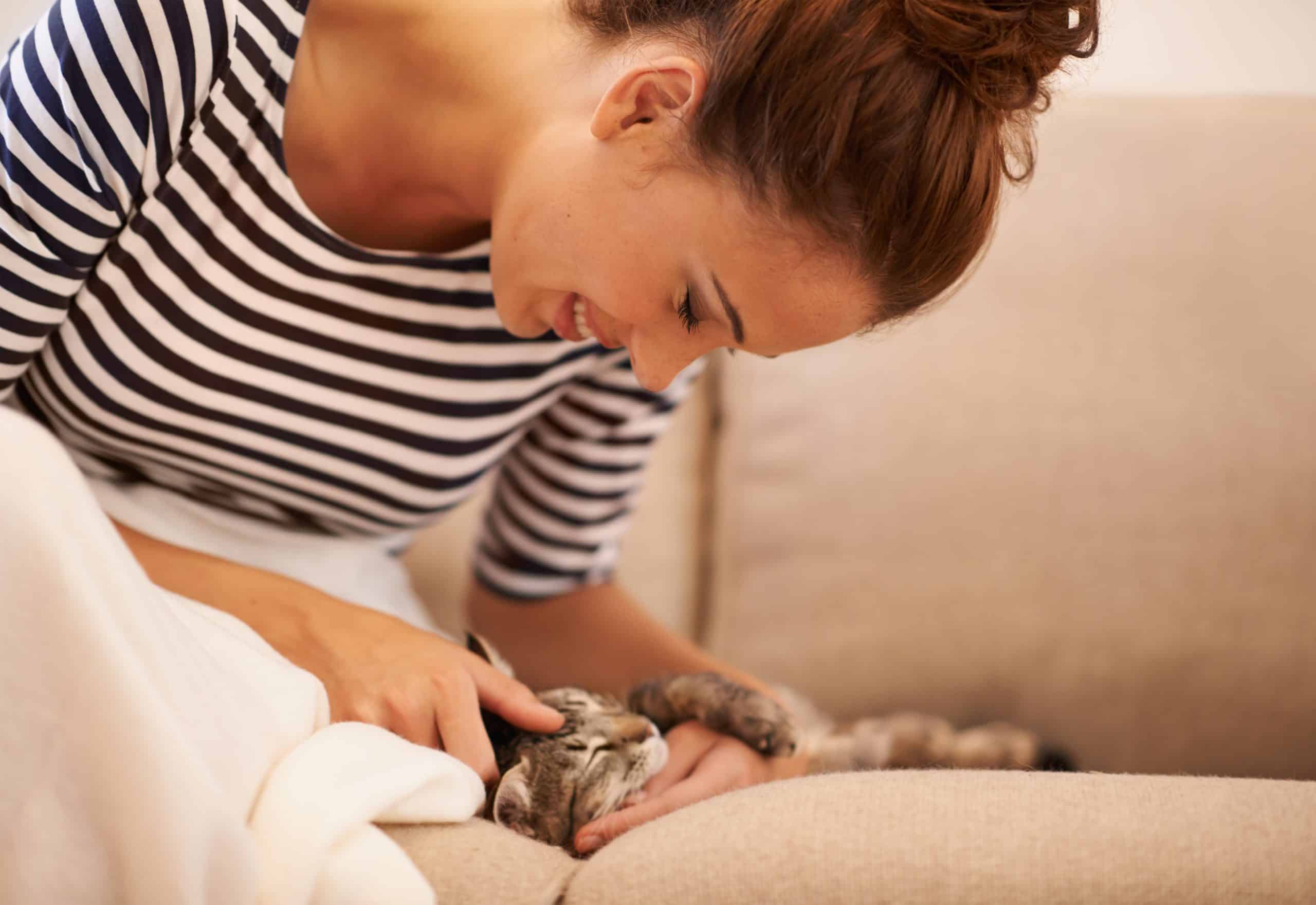For many of us, the home has steadily integrated itself as a permanent workspace. This fusion of environments often brings about the challenge of making your home office pet-friendly. And if you’re a proud cat owner, the challenge only gets trickier. Your feline friends have their unique needs and habits that must be considered when setting up your workspace. From their love for warm spots and high places to their natural curiosity and tendency to scratch, cats can make your daily office routine quite interesting.
If you’re wondering how to make your home office a harmonious place for both you and your furry friends, this comprehensive guide will provide you with practical, helpful tips. We’ll delve into creating a cat-friendly space, guarding your office furniture, and keeping your pets entertained while you work.
Topic to read : What Are the Best Breeds of Dogs for Emotional Support Animals?
Creating a Cat-Friendly Space in Your Home Office
Cats and humans have different ideas about what makes an environment comfortable and enjoyable. To create a space that caters to your needs and those of your cats, you’ll need to take into account certain aspects.
First, consider the location of your home office. Cats love to look out of windows and watch the world outside. If possible, place your desk near a window so your cat can perch and keep an eye on the goings-on outside.
In parallel : How Can You Reduce Stress in Cats During Vet Visits?
Cats also appreciate warmth. Consider placing a cozy cat bed near a spot that gets plenty of sunlight or close to a heater. This way, your cat will have their own warm, comfortable place to nap, which should help decrease the chances of them choosing your keyboard or lap as their preferred sleeping spot.
Additionally, cats need vertical spaces. They love to climb and observe their surroundings from a high vantage point. Think about incorporating a cat tower or shelves in your home office setup. This not only gives your cats a space to climb but also serves as a great distraction from your work area.
Protecting Your Office Furniture
Now that we’ve covered creating a cat-friendly space let’s tackle a common concern among cat owners – how to keep cats from damaging your office furniture. With their natural instinct to scratch, cats can pose a threat to your office chair, desk, or other office furnishings.
The key is to provide appealing alternatives. Invest in a sturdy scratching post or cat tree, ideally with different materials like carpet and sisal. This can help satisfy your cat’s scratching needs and keep them away from your furniture.
Use deterrents if necessary. For instance, you can apply sticky tape or aluminum foil on furniture you want to protect, as cats generally dislike these textures. Another option is to use a pet-friendly anti-scratch spray.
Remember, while these methods can help, it’s essential to keep your cat’s nails trimmed to minimize the potential damage.
Keeping Your Cat Entertained While You Work
You’ve set up a cat-friendly space, and your furniture is safe, but how do you keep your cat entertained when you need to focus on work?
Toys play a crucial role in a cat’s life, providing both exercise and mental stimulation. Make sure to have a variety of toys at your cat’s disposal. Interactive toys can keep them occupied for hours. Puzzle feeders, for example, can be filled with treats or kibble, encouraging your cat to work for their reward.
Scheduling playtime can also help. Just like humans, cats thrive on routines. Dedicate a few minutes every few hours to play with your cat. Not only will this help burn off their energy, but it will also provide an excellent break for you during your workday.
Balance is Key
Creating a home office that’s both cat-friendly and conducive to productivity is a balancing act. It requires understanding your cat’s needs and habits, and creating a space that can satisfy them without compromising your work environment.
By creating a comfortable space for your cat, protecting your office furniture, and keeping your feline friend entertained, you can achieve the perfect balance. This will result in a harmonious workspace that both you and your cat will enjoy.
Incorporating Essential Cat Amenities in Your Home Office
Creating a truly cat-friendly home office means thinking beyond the basics. Sure, having a cat bed and a few toys scattered around can make your cat feel comfortable, but going the extra mile to incorporate cat-specific amenities will make your office a paradise for your feline friend.
Firstly, consider where you place the litter box. It’s a vital component of a cat-friendly home setup, yet it can often be overlooked when designing a home office. A poorly placed litter box can be both a nuisance to you and stressful for your cat. Ideally, the litter box should be located in a quiet, low-traffic area away from your working space but still easily accessible for your cat.
Food and water dishes should also be part of your cat room. Much like the litter box, these should be placed in a quiet area, preferably not too close to the litter box to avoid any cross-contamination. Providing fresh water and food in your office means that your cat won’t have to leave the room to eat or drink, reducing interruptions to your work.
The Kritter Kommunity also suggests incorporating cat steps or ramps in your office layout. Cats love to climb and explore different levels, so providing a designated cat step or ramp can offer them the high vantage point they crave without them resorting to scaling your bookshelves or desk.
Lastly, remember that cats love to hide. Including a few hiding spots in your office can help your cat feel safe and secure, particularly when you’re in the midst of a busy workday.
Managing Working from Home with Your Cat
Adjusting to working from home with a cat can be a challenge, but with a bit of patience and understanding, you can find a routine that works for both of you.
One common issue is managing attention-seeking behavior. If your cat is used to having your undivided attention, it may struggle with the concept of you being home but not available. If this is the case, try to establish designated playtimes throughout the day, which will help your cat understand when it’s time to play and when it’s time to let you work.
Another potential issue is your cat’s sleeping schedule. Cats are crepuscular, which means they’re most active during dawn and dusk. This could mean your cat is ready to play just as you’re settling down to work in the morning, or winding down for the day in the evening. Try to adjust your schedule to accommodate these active periods, perhaps by starting work a little later or taking a break during the early evening.
Remember, every cat is different, so what works for one may not work for another. Be patient and willing to try different approaches until you find what works best.
Conclusion: Creating a Cat-Friendly Home Office
Designing a cat-friendly home office requires an understanding of your cat’s behaviour and needs. A successful setup caters to both your necessities as a professional and your cat’s needs as a pet, creating a harmonious environment where you can both thrive.
Incorporating cat-specific amenities like a properly positioned litter box, food and water dishes, cat steps, and hiding spots will make your office feel more inviting to your cat. Protecting your furniture with deterrents and providing alternative scratching options will help keep your office in good condition.
Finally, managing your work routine with your cat’s habits in mind will result in a smoother home office experience. Remember, patience and flexibility are key in finding a routine that suits you both.
By following these guidelines, you can create a cat-friendly home office that enhances your productivity while providing a comfortable, stimulating environment for your cat.











